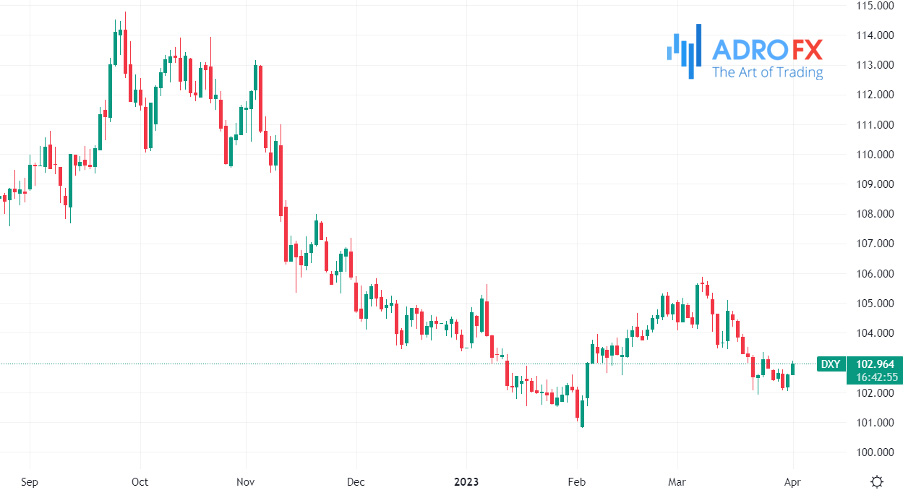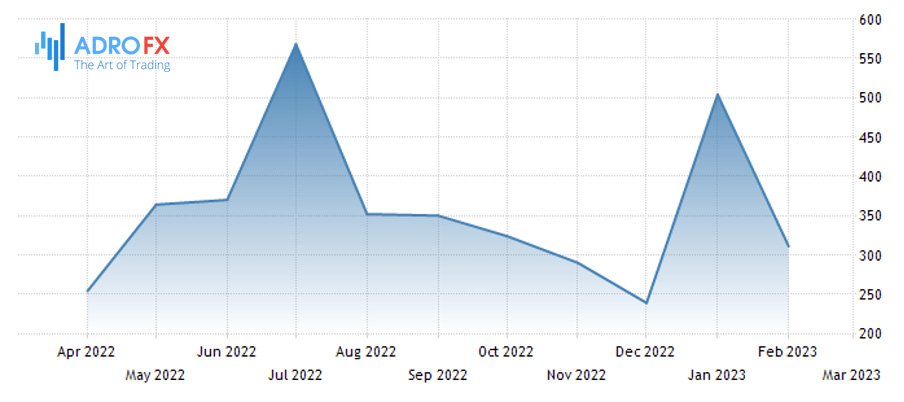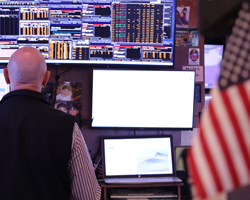Global Markets End Q1 On a High Despite Banking Turmoil | Daily Market Analysis

Key events:
- Australia – Retail Sales (MoM) (Mar)
- UK – Manufacturing PMI (Mar)
- USA – ISM Manufacturing PMI (Mar)
The end of last week marked the close of a volatile quarter for global markets, with equities finishing on a positive note. The banking sector faced significant turbulence during Q1, highlighted by the collapse of Silicon Valley Bank and Signature Bank, and Credit Suisse requiring UBS's rescue. However, despite these challenges, global equities ended on a high, with the Nasdaq 100 surging 20.0%, Germany's DAX jumping 12.0%, and Japan's Nikkei 225 climbing 7.5%.

The U.S. dollar experienced a downturn in March, dropping by 2.3% on the Dollar Index, as investors speculated that the Federal Reserve would pause rate hikes in response to banking concerns.

The week ended with a focus on the personal consumption expenditures price index, the Federal Reserve's preferred measure of inflation, which showed lower-than-expected price rises for February, both monthly and year-over-year. U.S. equity indices responded positively, with the S&P 500 adding 1.4% and the Nasdaq 100 reaching a new high of 13,181, following the release of the data.

Market pricing for the upcoming Fed meeting on 3 May suggests a 58% chance of a 25bp increase, with a 42% probability that the central bank will hold rates steady. Additionally, there is speculation of a possible 50bp cut by the end of the year.
Looking ahead to the first week of April, the U.S. Purchasing Managers Index (PMI) will be released early on Monday, providing insight into economic health and serving as a leading indicator. This will be a closely watched release in the US markets.
Mid-week trading will focus on the Reserve Bank of Australia (RBA) and the Reserve Bank of New Zealand (RBNZ). Markets predict that the RBA may pause rate hikes, leaving its Cash Rate at 3.6%, following lower-than-expected annual inflation data. However, some predict another 25bp push and for rates to peak at 3.85%. Early hours on Tuesday may see volatility across domestic markets in Australia and AUD-based currency pairs. The RBNZ is expected to increase its Official Cash Rate by 25bps, bringing the OCR to 5.0%.
Friday will see the release of the latest U.S. employment situation report. In February, the U.S. payrolls report showed impressive job gains of 311k, although January's figures were revised downwards to 504k. While the increase in the unemployment rate to 3.6% from 3.4% was viewed as a negative, it was accompanied by a rise in the participation rate to 62.5%, the highest since March 2020, indicating that more workers were returning to the job market. Additionally, average hourly earnings rose more than expected to an annualized 4.6%, indicating upward pressure on wages. Despite recent announcements of job losses, the U.S. job market remains robust, with weekly jobless claims averaging below 200k and over 10.8m vacancies.

The ADP employment numbers have also shown solid growth, rising to 242k in February. The upcoming US non-farm payrolls report is expected to show another gain of 221k jobs, with the unemployment rate remaining at 3.6%, and a 0.3% month-on-month wage increase. The impact of a strong report on expectations for future rate rises is uncertain, with some market participants questioning the possibility of a Fed pause due to concerns about financial stability.
However, this release will occur on Good Friday, when most major banks are closed, possibly limiting market response, though any reaction could still magnify volatility due to thin liquidity.









